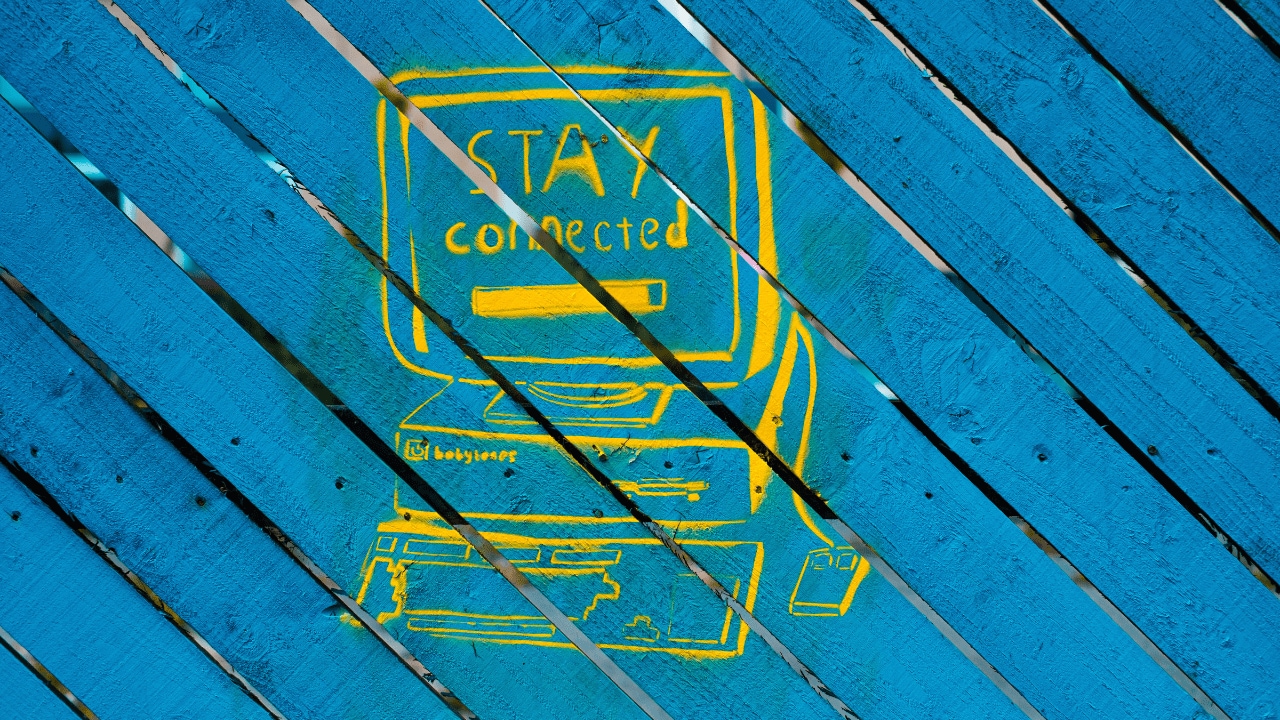Barely three days into being “Chief Twit,” Elon Musk’s first business decision after taking Twitter private and firing the board and senior executives, was announcing the plan of charging $8/month for the much coveted blue tick. The announcement in a tweet read: Twitter’s current lords & peasants system for who has or doesn’t have a blue checkmark is bullshit. Power to the people! Blue for $8/month. The justification offered: This will also give Twitter a revenue stream to reward content creators.
In addition to lowering the price Musk also added some extra benefits for the $8:
“You will also get:
– Priority in replies, mentions & search, which is essential to defeat spam/scam
– Ability to post long video & audio
– Half as many ads”
Musk has been vocal in the months leading up to his acquisition that he wanted to revamp how Twitter verifies accounts and handles bots.
While the decision, predictably raised a storm on Twitter, his staccato decision making and rapid-fire announcements have raised serious concerns on the future of the platform. Twitter despite being much smaller than Facebook, YouTube and Instagram has de facto become the world’s virtual town square, where news breaks happen; movie stars, top athletes and heads of state share lock horns and their thoughts and squabble. Late last week came the rather abrupt though not unexpected mail that reduced Twitter workforce by nearly 50%. Short of corporate niceties here was the world’s richest man is plainly announcing: My Playground – My rules.
The blue tick issue
Twitter currently has a little over 420,000 verified accounts (blue ticks), which is about 0.2% of its 240 million daily active users DAUs. Some polls on the platform indicate that willingness to pay for the blue tick is very limited, but this may change once the feature is actually implemented.
There is also the need to separate the discussion on blue tick from Twitter’s premium subscription. The objective and intent are different. The first one is just for verification while the other, a premium service for a price.
The blue tick verification is offered to someone of reasonable public importance and where there is a real concern of impersonation – who adds value to conversation on Twitter or is notable even if does not pay. While the second is a premium service for a price. Those who see value in Twitter premium and can afford will pay while others will not. It’s a classic freemium that most social media platforms offer: A plain vanilla service with basic offerings for all users and a paid service with a full suite of offerings for those who pay.
The best option
Combining the blue tick and Twitter premium subscription is certainly a problem. The best way forward would be to separate the two. The current blue tick for verification could continue but with a nominal charge say $4. This will address Twitter economics: more than 90% of revenue coming from advertising; and a quarterly loss of $270 million in the April-June quarter – not to forget the $44 billion that Musk has paid to buy out the platform. The verification certainly needs to be more transparent – with criteria of public importance clearly spelled out – and for people with official roles be conditional to them being at that role. They forfeit the verified blue tick should the no longer hold an office of public importance.
The other category could be premium subscribers for $8 who could get another identification mark – say a green badge – identifying premium subscribers – who get other benefits like exclusive access to premium features like ability to edit tweets, undo tweets and more. Those who have verified blue ticks may also subscribe to this additionally by paying the incremental $4. They will in effect have two identifiers – the Blue tick and the Green badge.
Even assuming a sizeable chunk of the current 0.2% of verified users opt out, refusing to pay for verification, in principal, there could be at least 5% of all daily active users who will be may be willing to pay for the premium service. This would make Twitter hugely profitable. Remember LinkedIn as about 39% paid premium users – but of course it is a business oriented platform.
This will make the whole process transparent, equitable and remunerative and help Twitter retain its credibility without jeopardizing its economics. Of course, there’s no saying what Mr. Musk will do or whom he will tick off next.
Lloyd Mathias is a business strategist and an independent director. For now, he has a blue tick @LloydMathias. Views expressed are personal.
